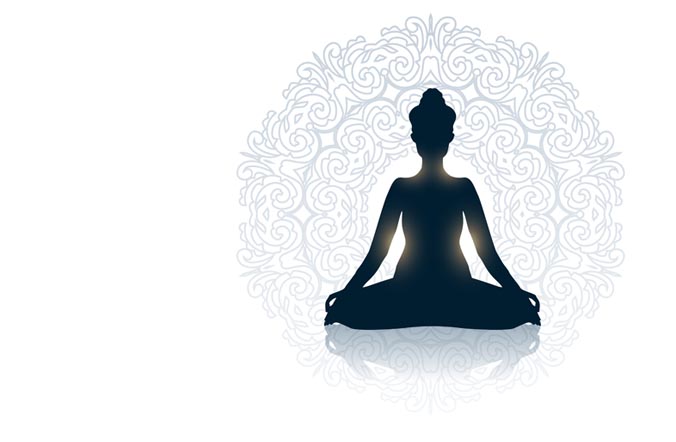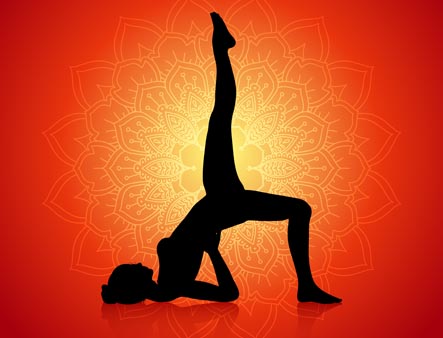
Yoga (Indian in origin)
Yoga is a system of exercises for the body that involves breath control and helps relax both your mind and your body. Ashtanga Yoga aims to channel a person’s inner energy with the energy in his or her external world with the help of the right actions, meditation, discipline and exercises. To achieve this objective, individuals need to practise the "eight limbs" of Ashtanga Yoga, as described by Patanjali in his Yoga Sutras.

The eight limbs of Ashtanga Yoga are the following:
-
1. Yama (Principles):
It refers to ethical rules or values in Hinduism to do morally right. They are dos for a person practising Ashtanga Yoga. Following these rules allows a person to achieve mental peace. The five Yamas are mentioned below:
1.Ahimsa (Nonviolence)
2.Satya (Truthfulness)
3.Asteya (Non-stealing)
4.Brahmacharya (Chastity / Purity)
5.Aparigraha (Non-avarice or not keeping etreme desire or greed for money)
-
2. Niyama (Personal Discipline):
This second component of Ashtanga Yoga refers to specific habits for cleansing people’s mind and body. The Niyamas are the following:
1.Shaucha (Habits to clean the body, mind and speech)
2.Santosha (Contentment, patience and tolerance or acceptance towards others)
3.Tapas (Persistence and self-discipline to control and channel your emotions and actions in the right direction)
4.Svadhyaya (Self awareness)
5.Ishvarapranidhana (Knowing and contemplating the unchanging reality or the God that you believe)
-
3. Asana (Postures):
Asanas refer to the postures for meditation. The main Asanas mentioned in Yoga Sutras are the following:
1.Padmasana
2.Svastikasana
3.Dandasana
4.Virasana
-
4. Pranayama (Breathing exercises / practices):
Pranayamas refer to the control of a person on his or her breathing process. They include breathing exercises.
-
5. Pratyahara (Isolation):
Pratyahar is the process of mitigating the effects of sensory experiences based on the external environment to introspect one’s own mind.
-
6. Dharana (Concentartion):
Once a person controls sensory experience through Pratyahara, he or she can concentrate to introspect and keep his or her mind focused through Dharana. This limb of Ashtanga Yoga allows a person to control unconscious and abstract thoughts and focus on conscious ones.
-
7. Dhyana (Meditation):
After making the mind calm through Dharna, a person can focus on a particular idea or object through Dyana to achieve true knowledge about it.
-
8. Samadhi (Salvation):
Samadhi is the stage where a person liberates himself or herself from the awareness of the idea or object on which he or she was meditating. He or she can willingly liberate himself or herself from all types of suffering through detachment from desires related to ideas and objects.

